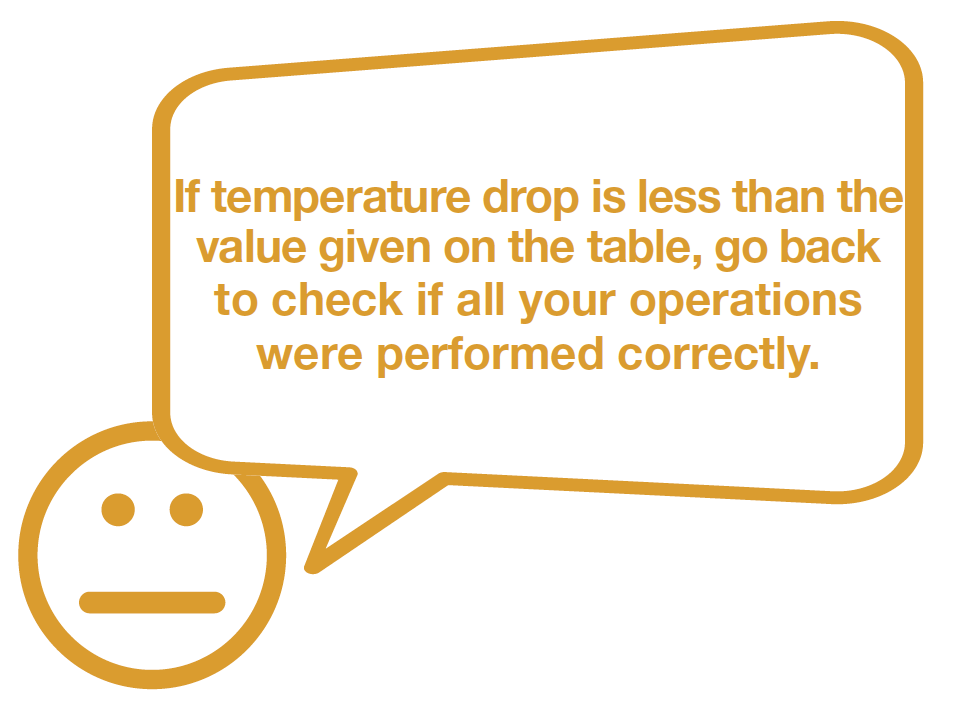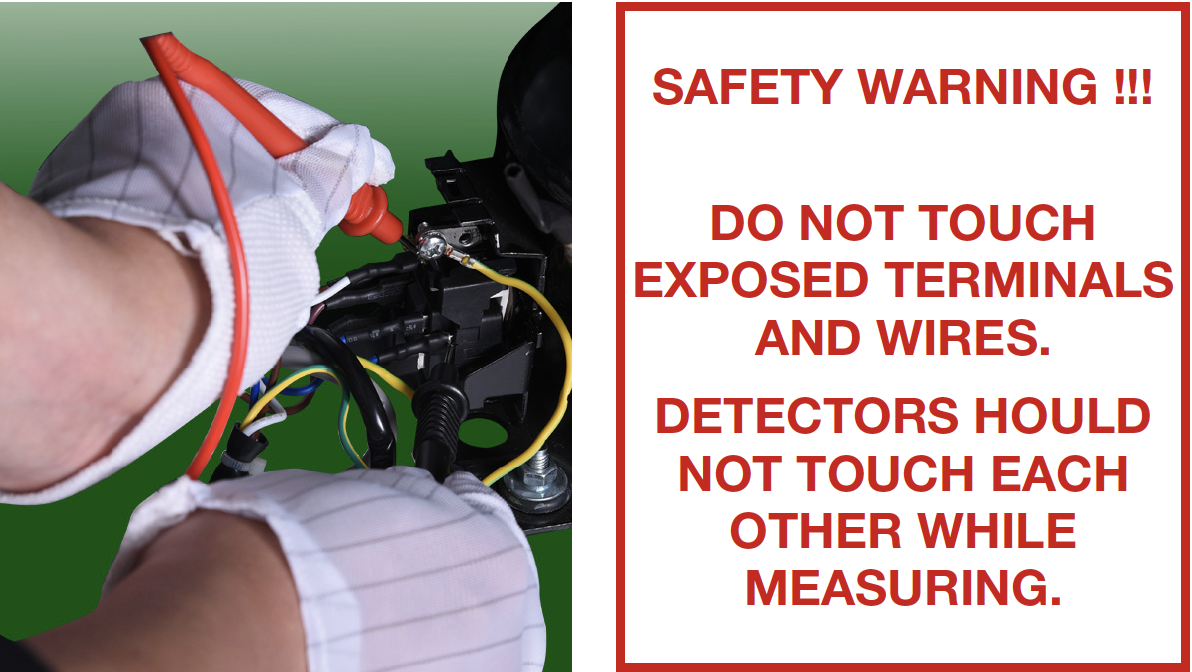

Step 2
Take note of measured value.
NOTE
Voltage between any two phases should be the same (100V~200V).

Step 3
Put hand onto compressor for a few minutes to feel if compressor is jammed or not.
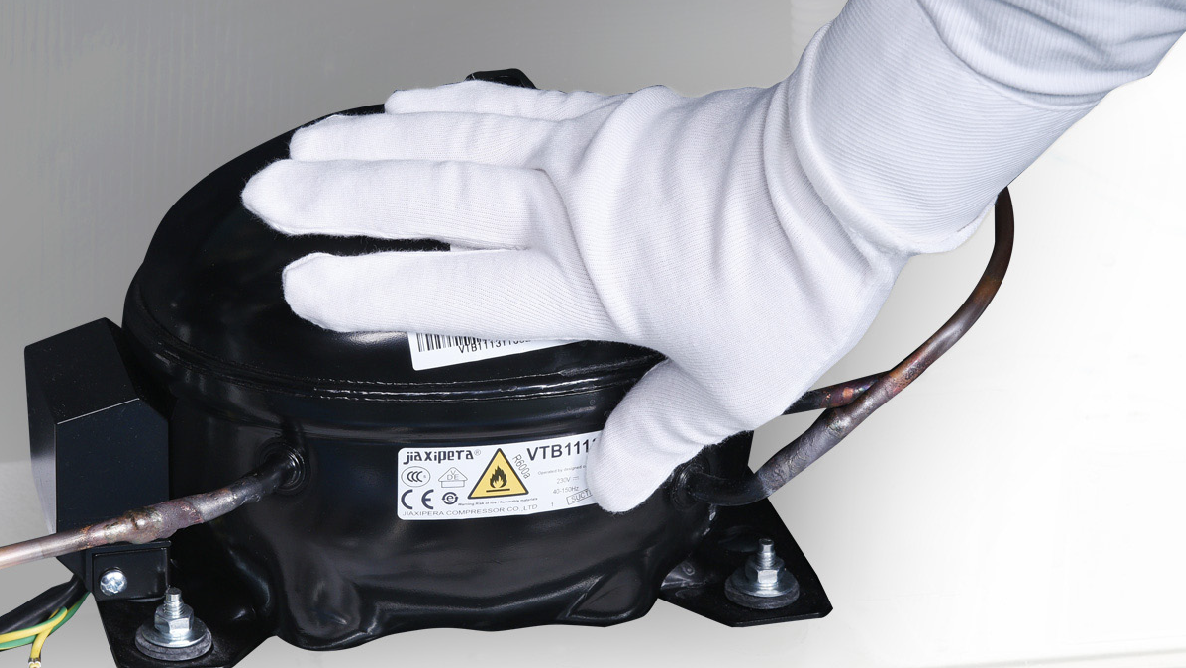

DIAGNOSIS 1
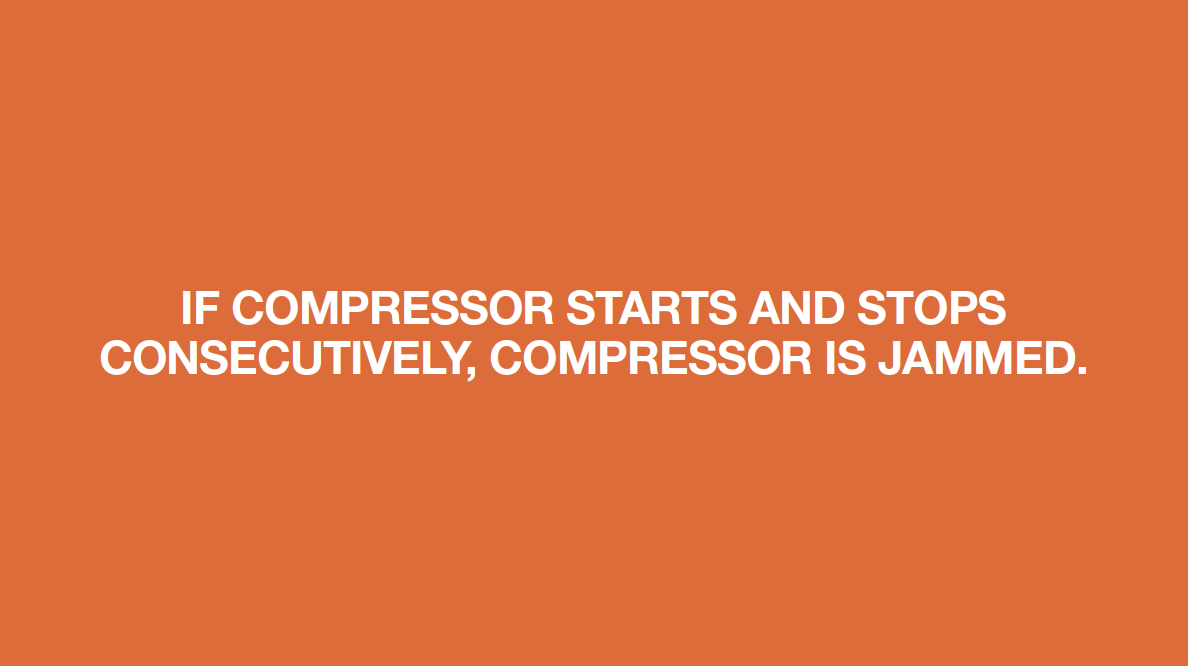
CHECK AND TEST 2
Step 1
Cut off capillary to discharge refrigerant.
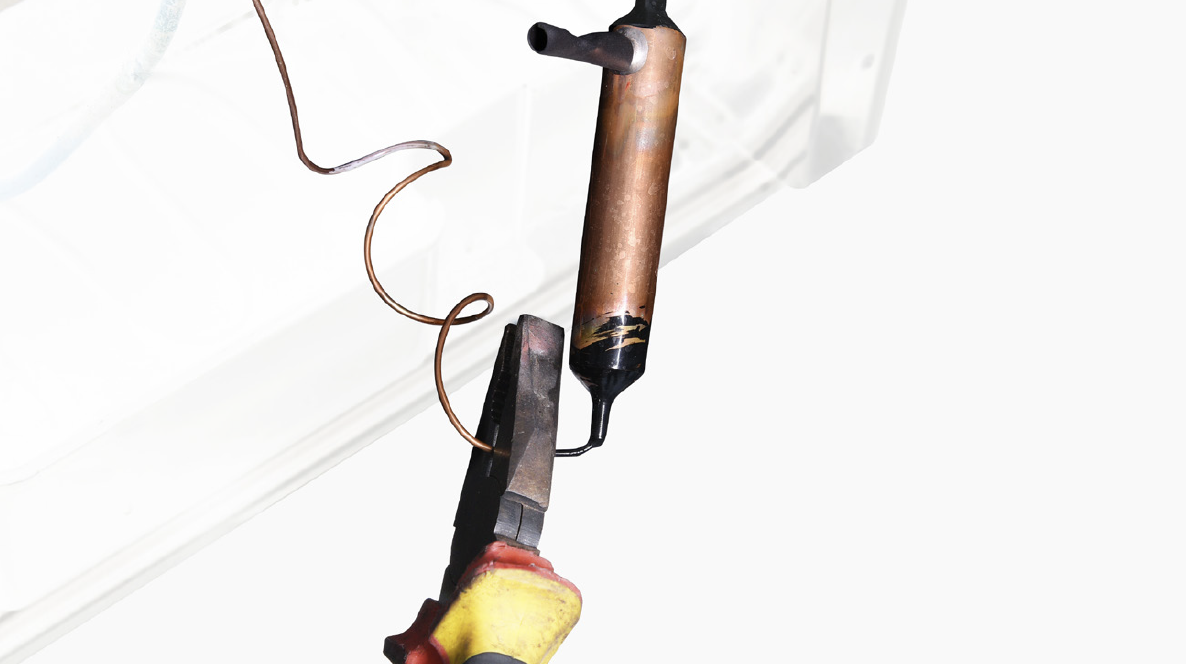
Step 2
Cut off exhaust pipe and suction pipe.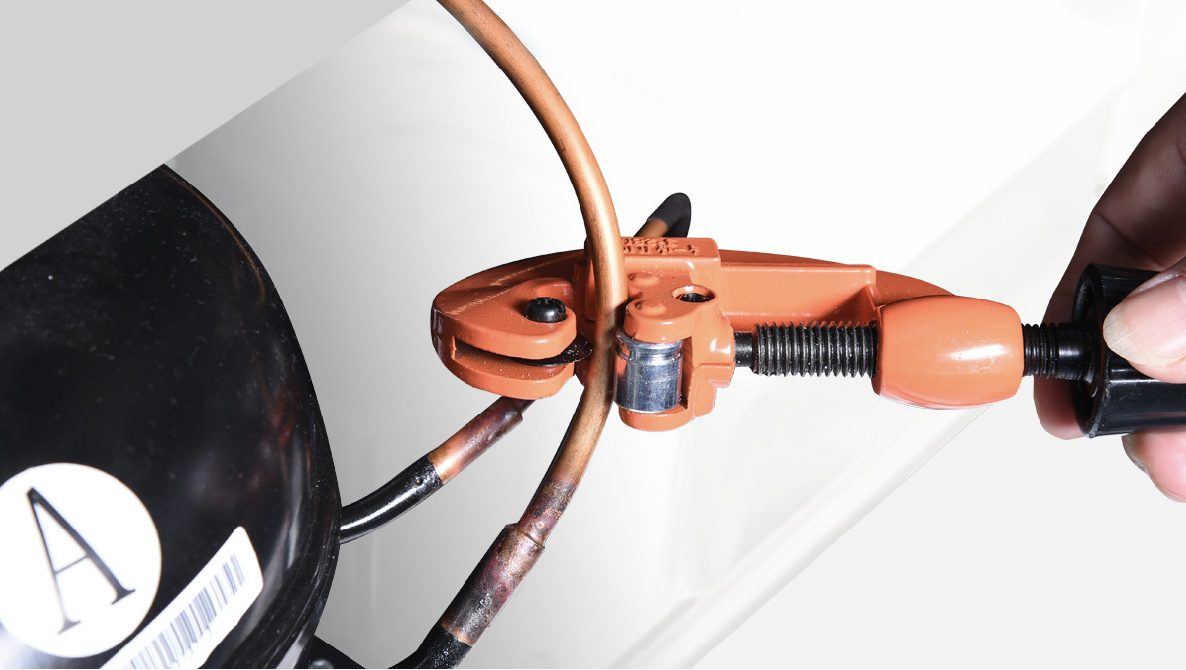
Step 3
Power on the compressor and test exhaust pressure coming from exhaust pipe with a piece of paper.
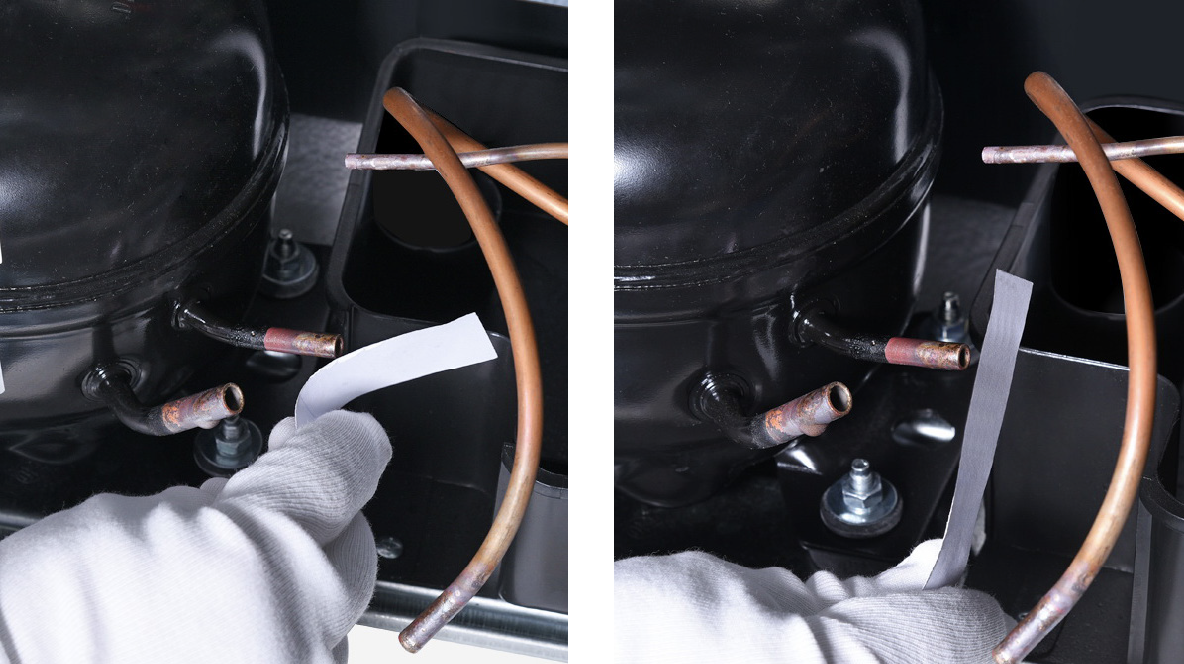

DIAGNOSIS 2

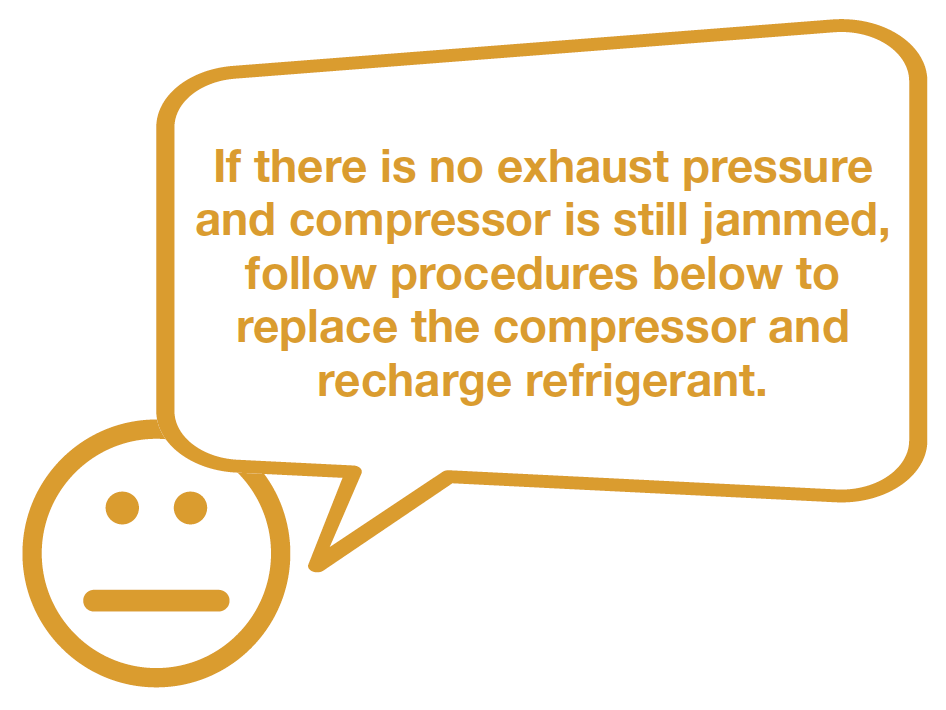
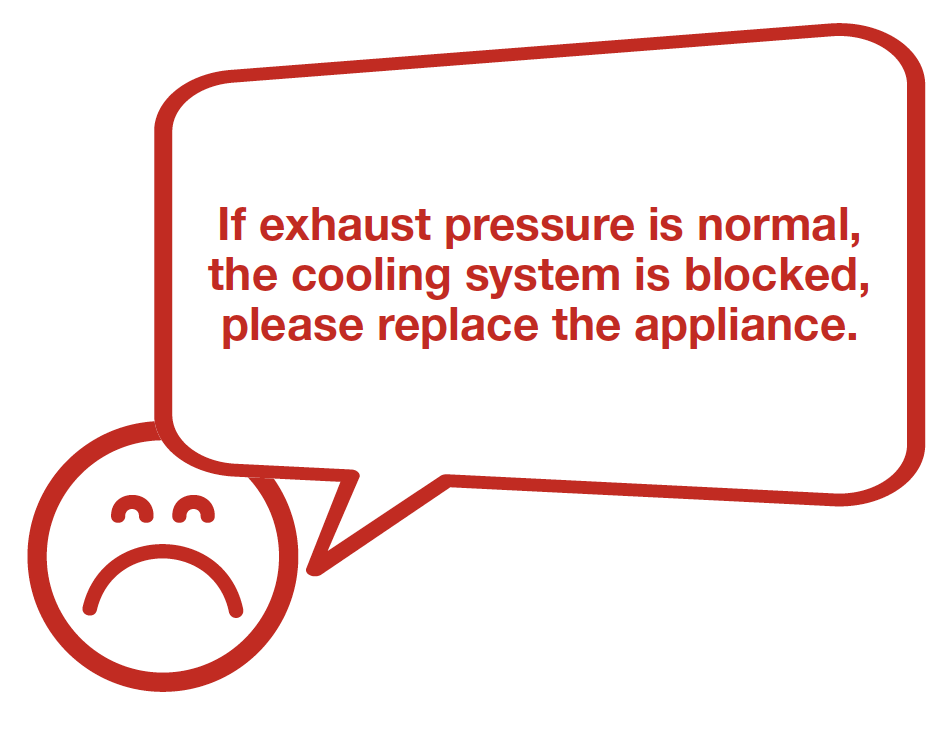

PROCEDURE 1
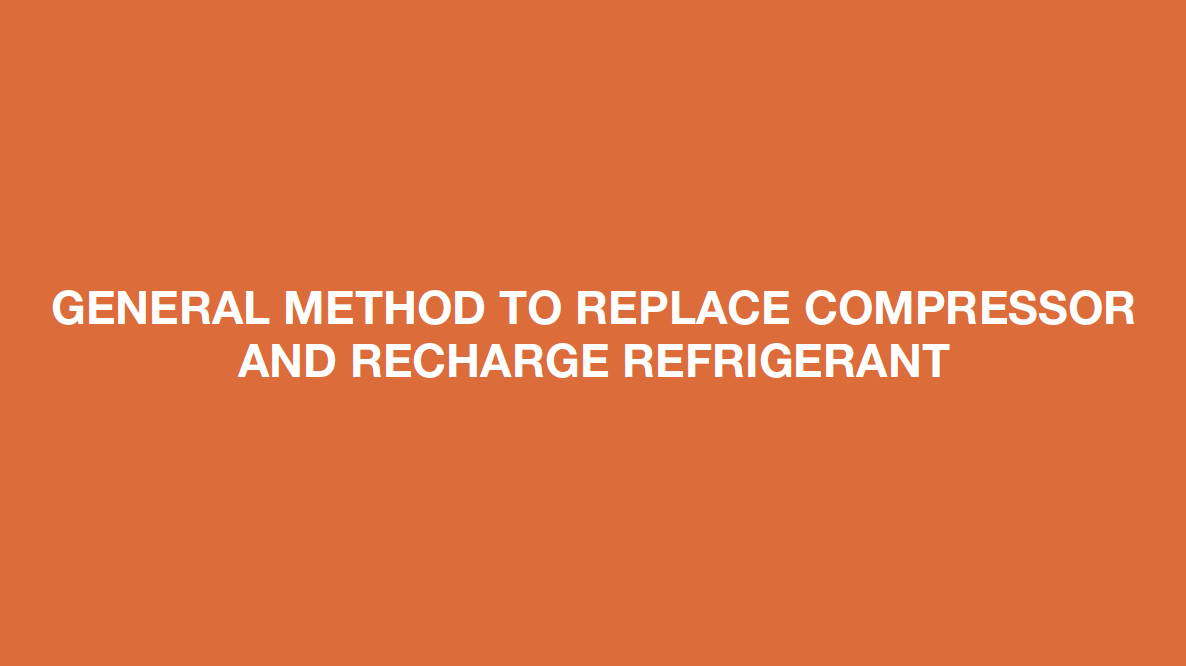
Step 1
Open the metal clasp.
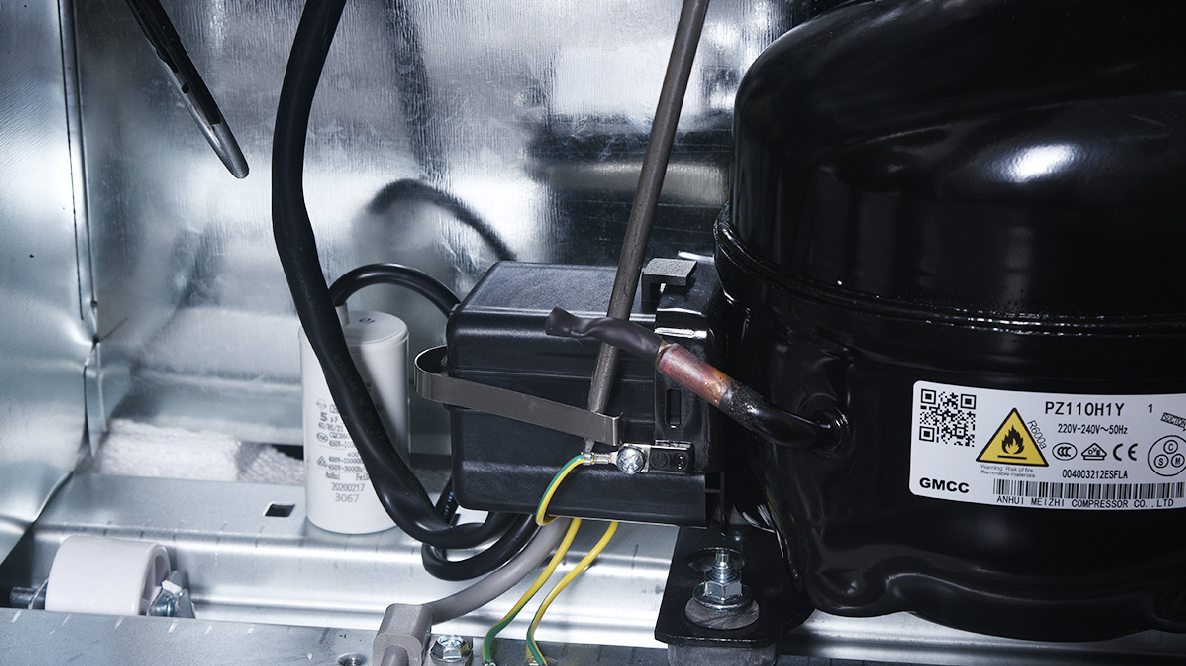
Step 2
Remove terminal cover.
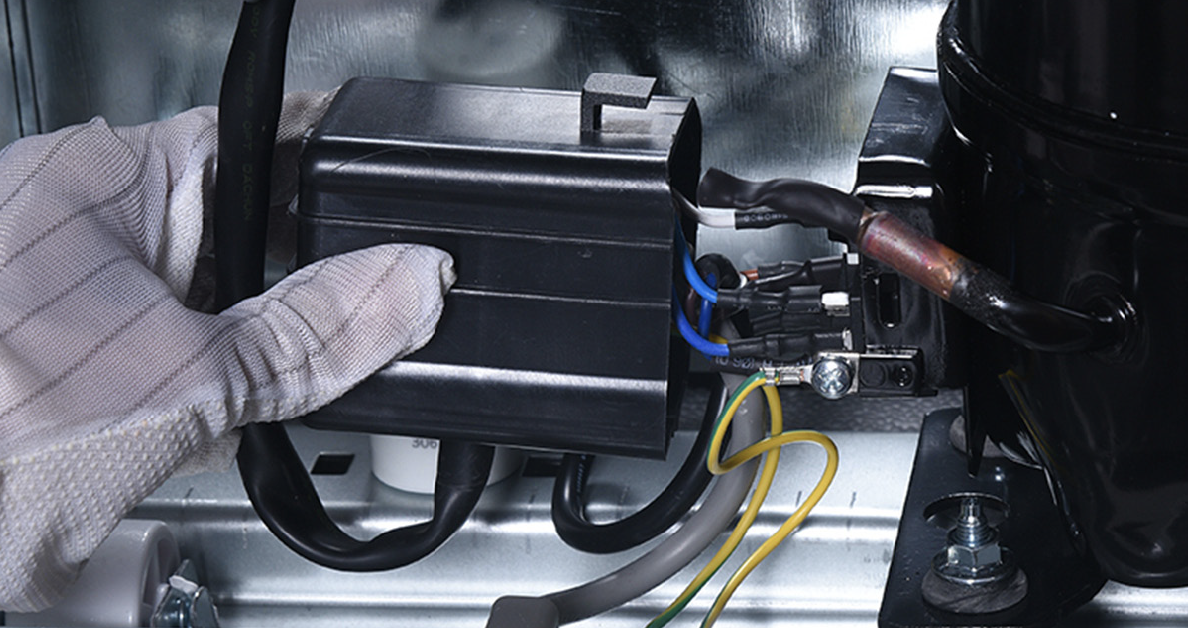
Step 3
Disconnect all terminals.
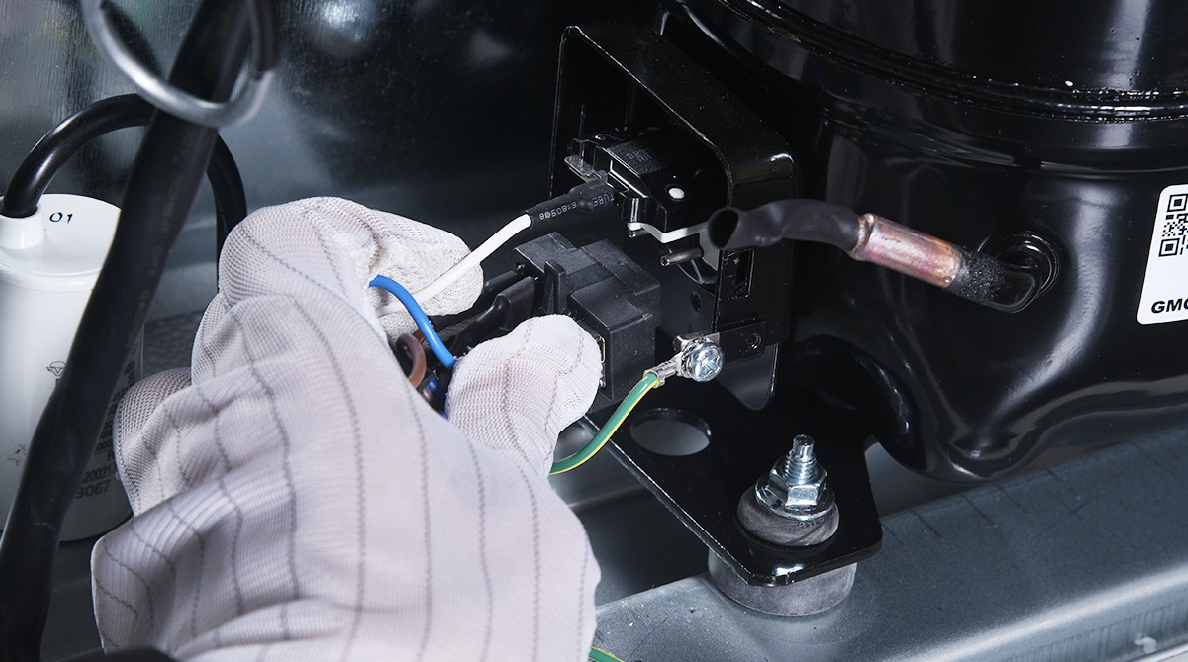
Step 4
Unscrew earthing wire.

Step 5
Unscrew nut of compressor
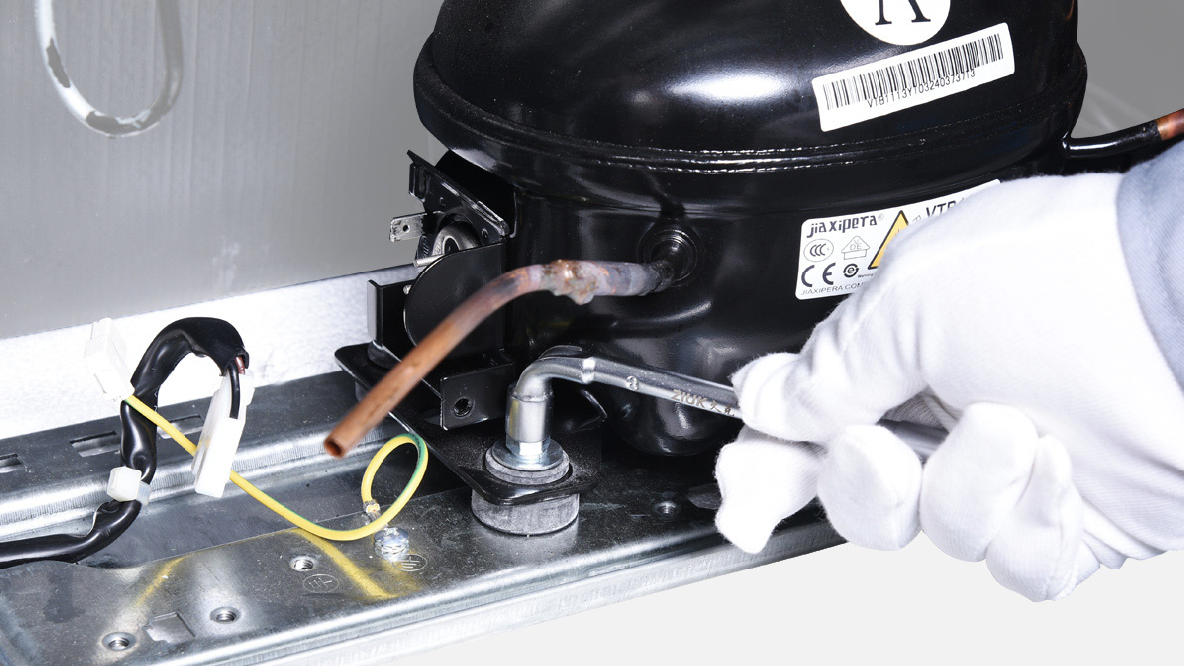
Step 6
Install a new compressor on top.
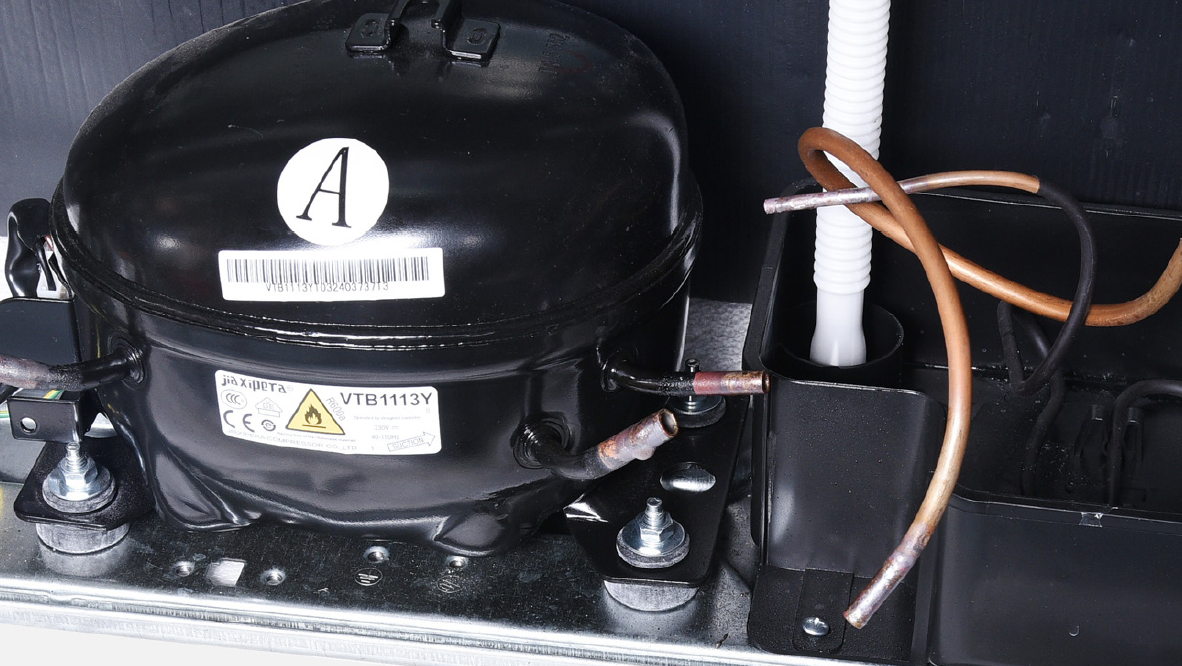
Step 7
Braze the joints of suction and exhaust pipes.
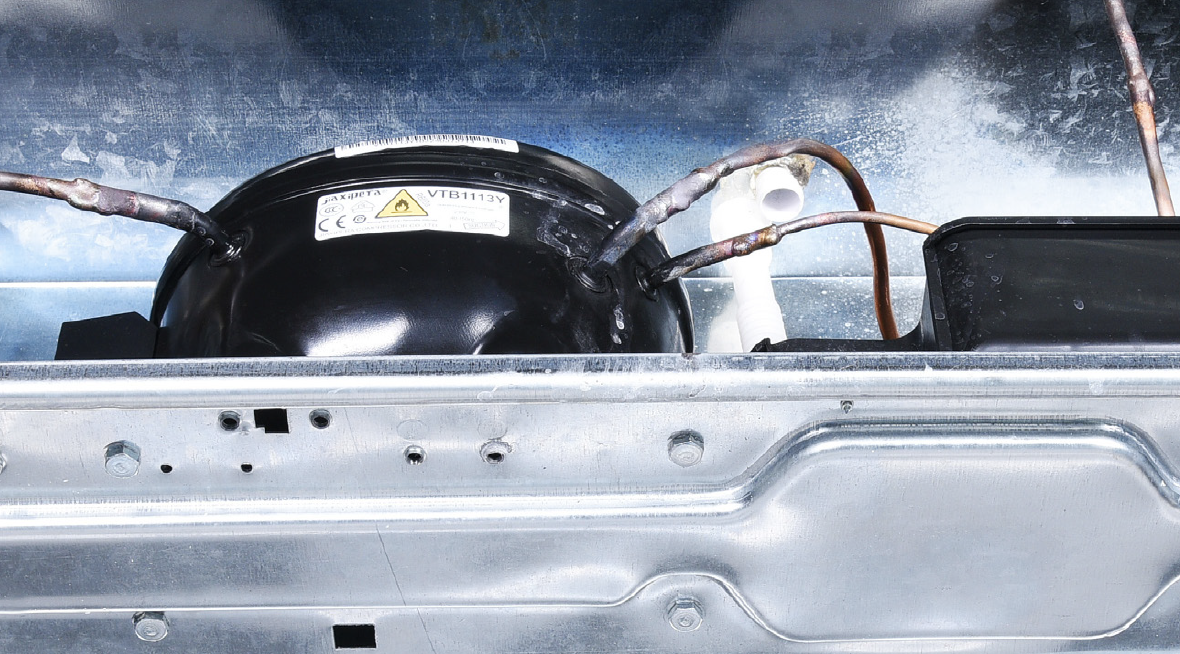
Step 8
Re-braze a copper tube onto processing tube of compressor.
Please find more details of brazing requirements, on Annex B1
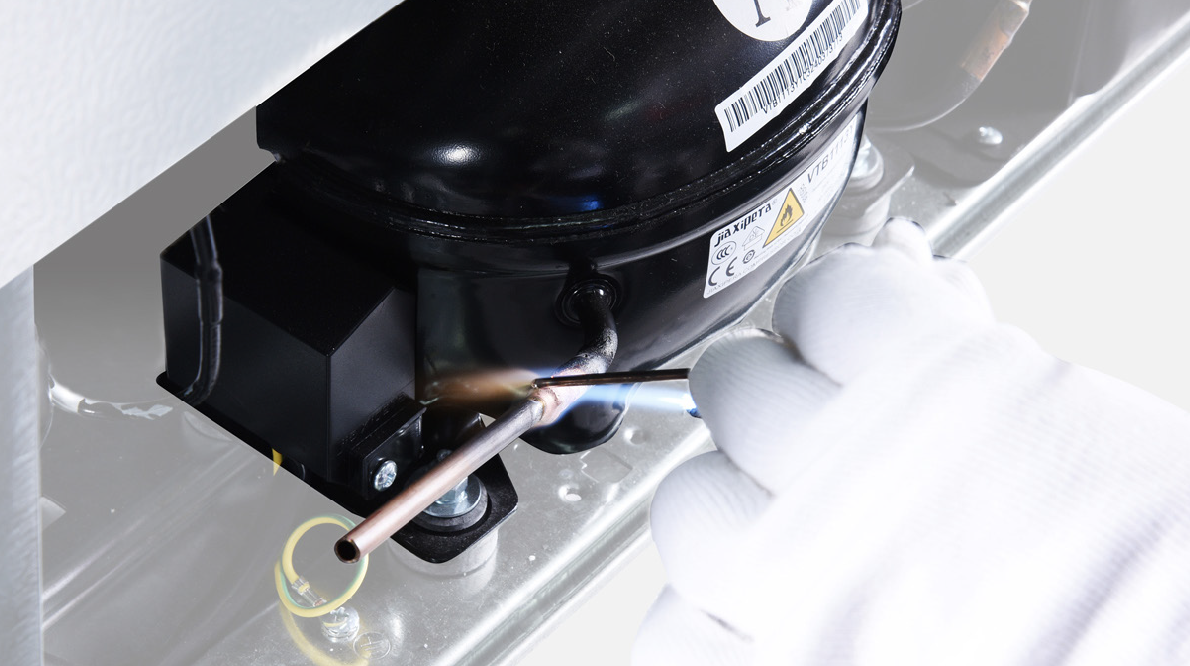
NOTE
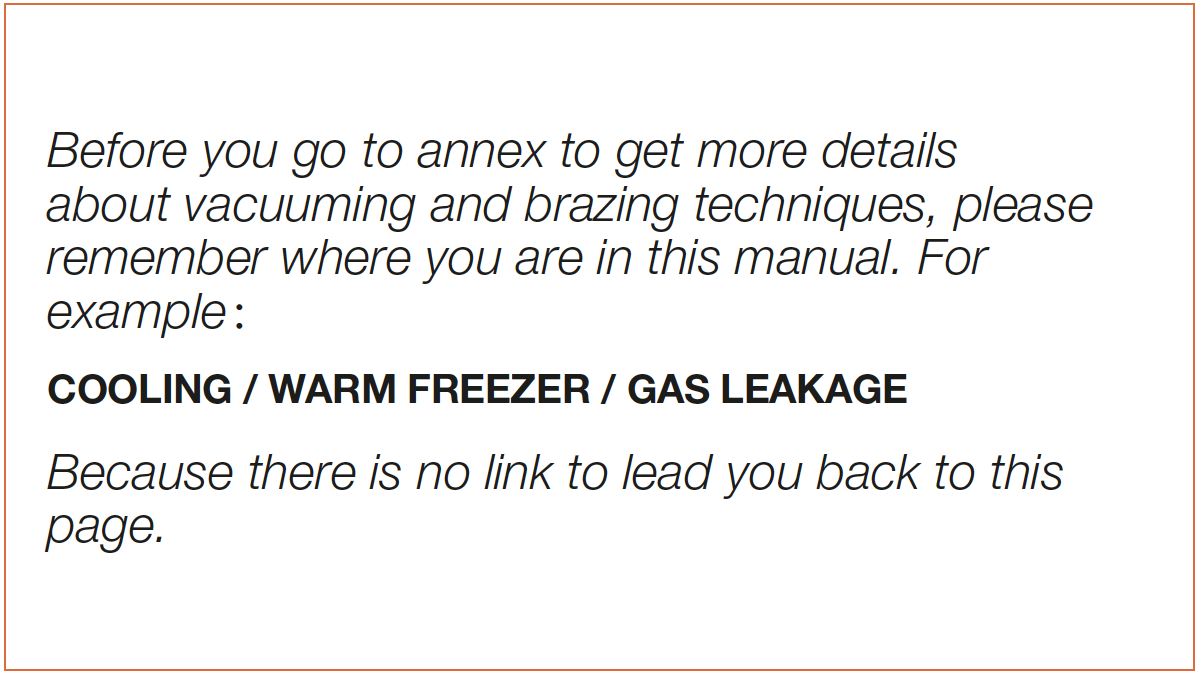
Step 9
Install quick connector onto re-brazed pipe.
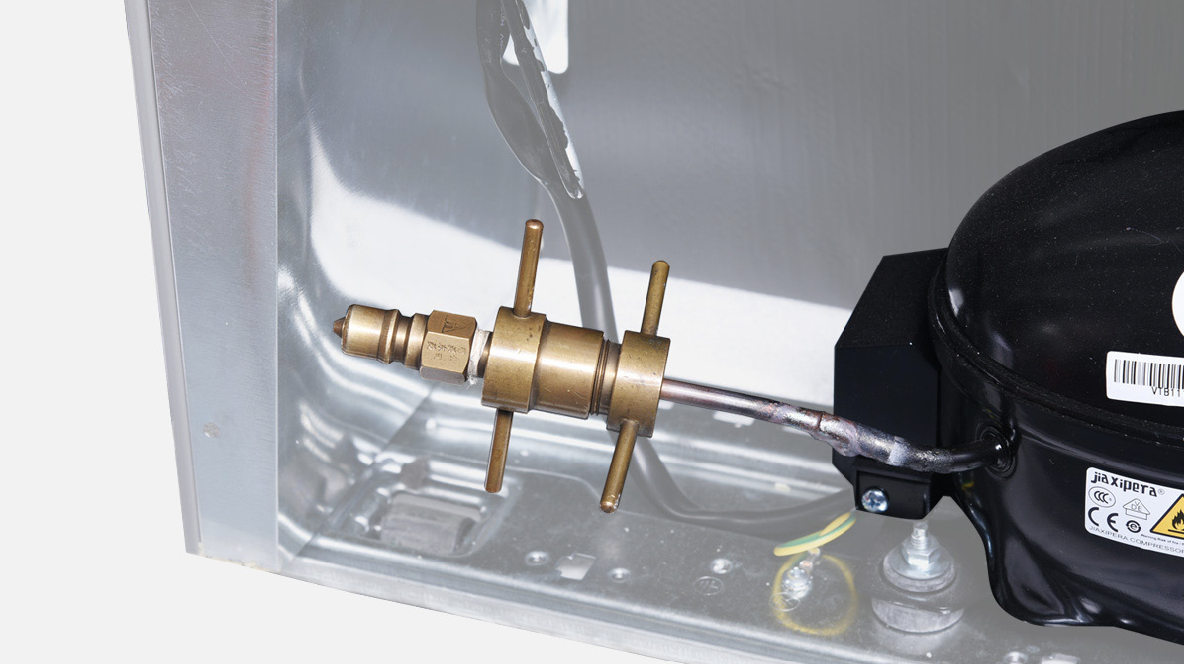
Step 10
Clean paint off of brazed joint of drying filter.
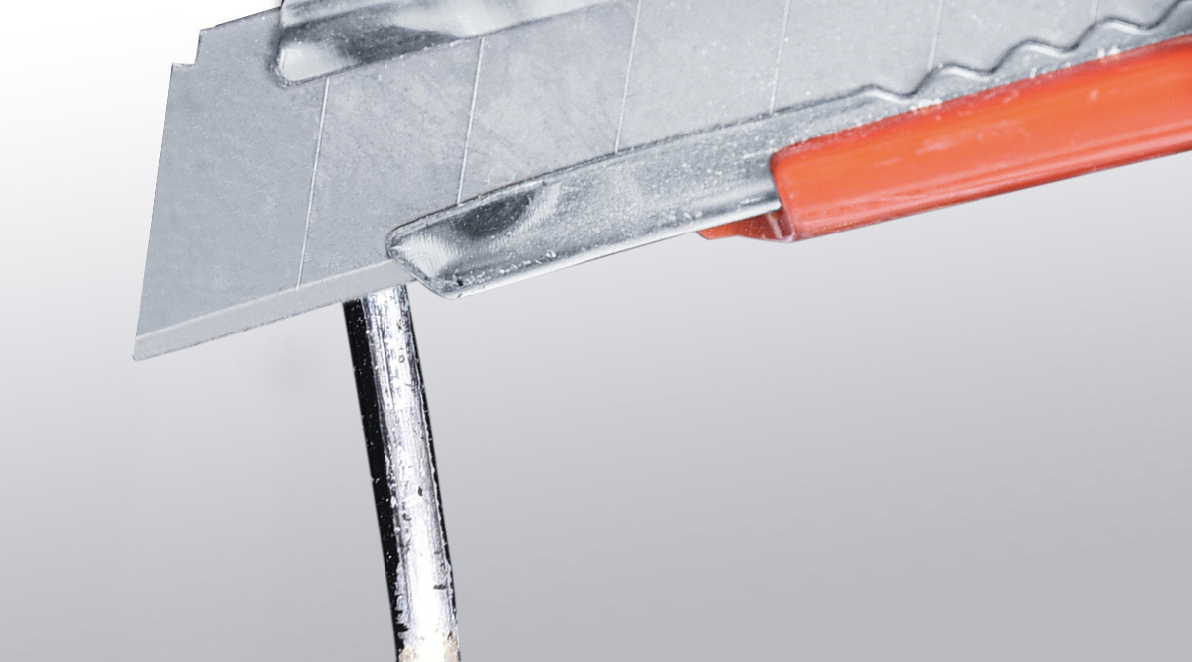
Step 11
Cut off the brazed joint of drying filter.
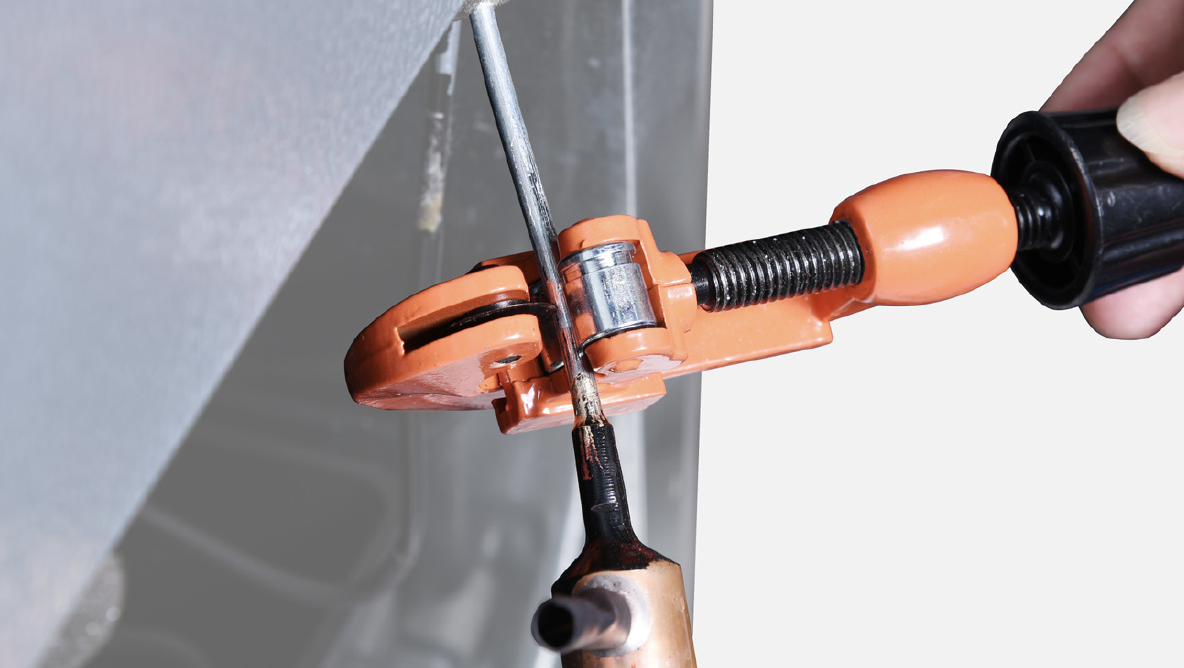
Step 12
Cut off capillary and remove the cut end by shaking.
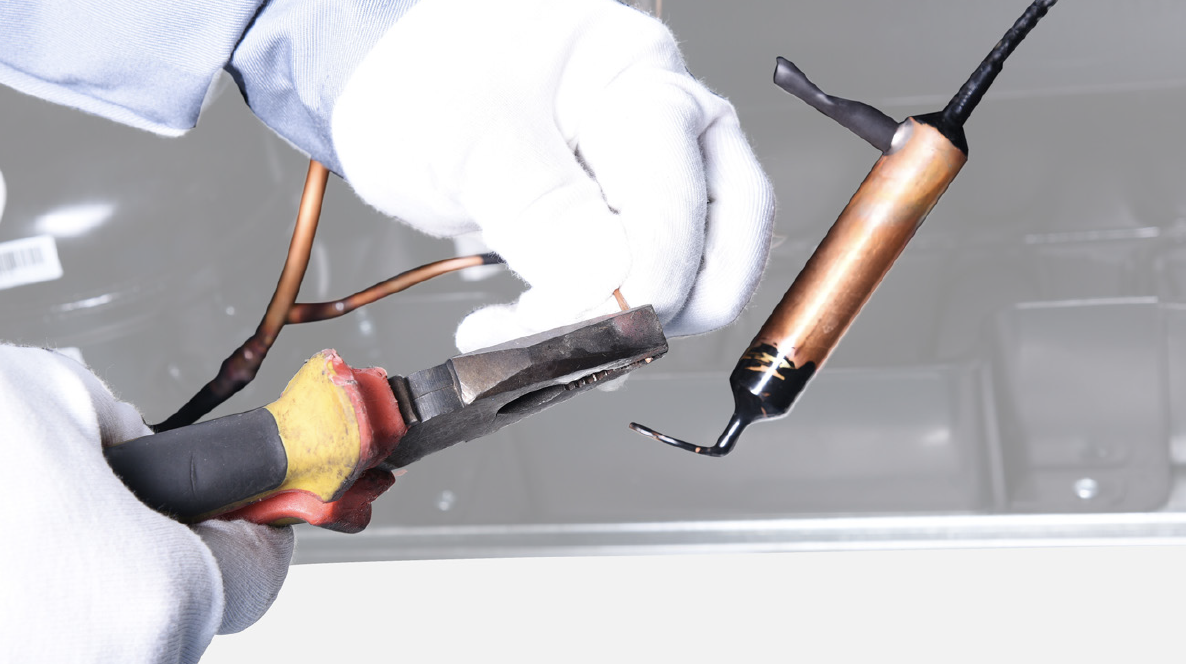
Step 13
Braze a new drying-filter.
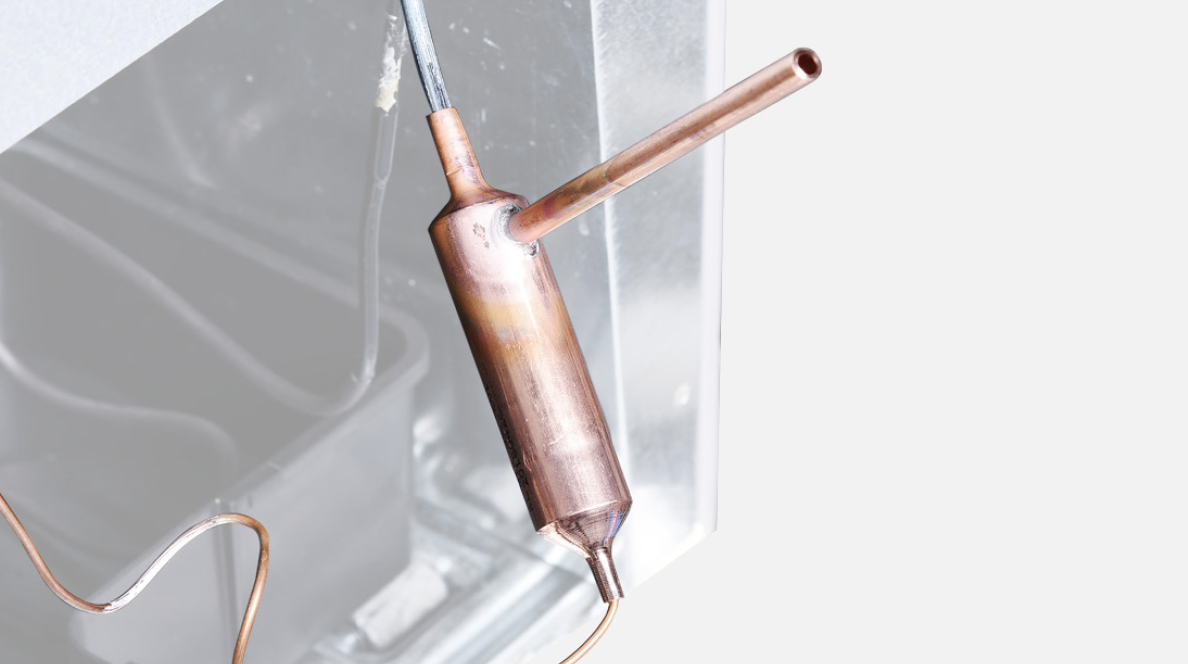
Step 14
Inject nitrogen (1.57Mpa) through quick connector into pipe for at least 3 min to blow remaining refrigerant away.
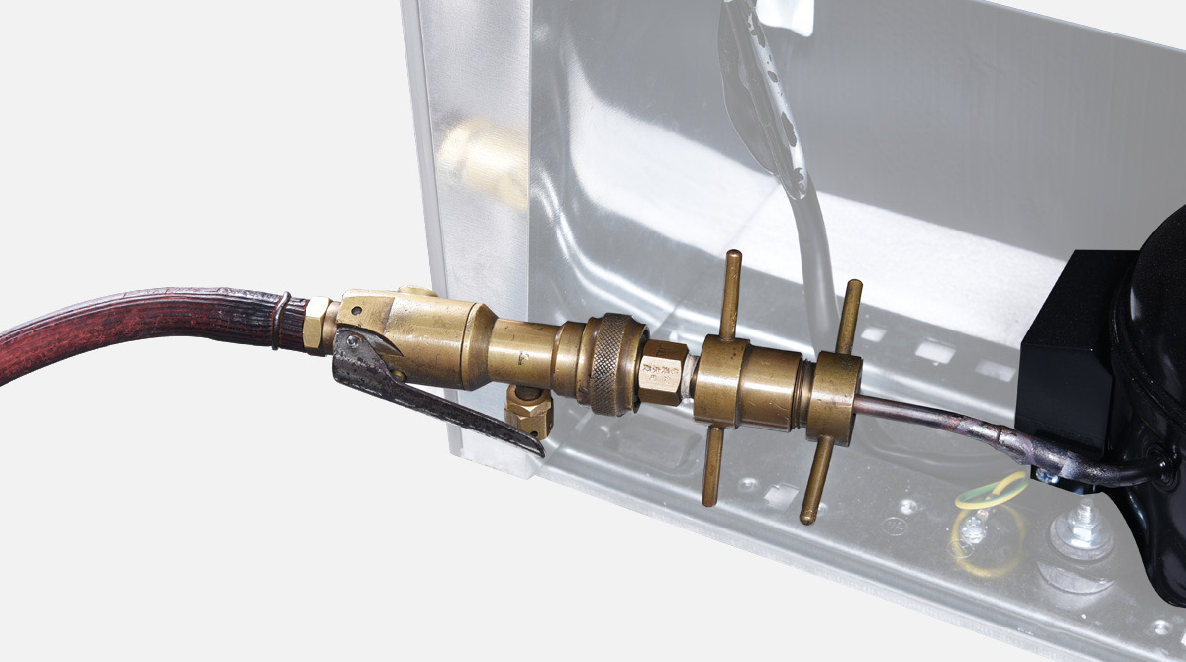
Step 15
Add quick connector onto processing pipe of drying-filter.
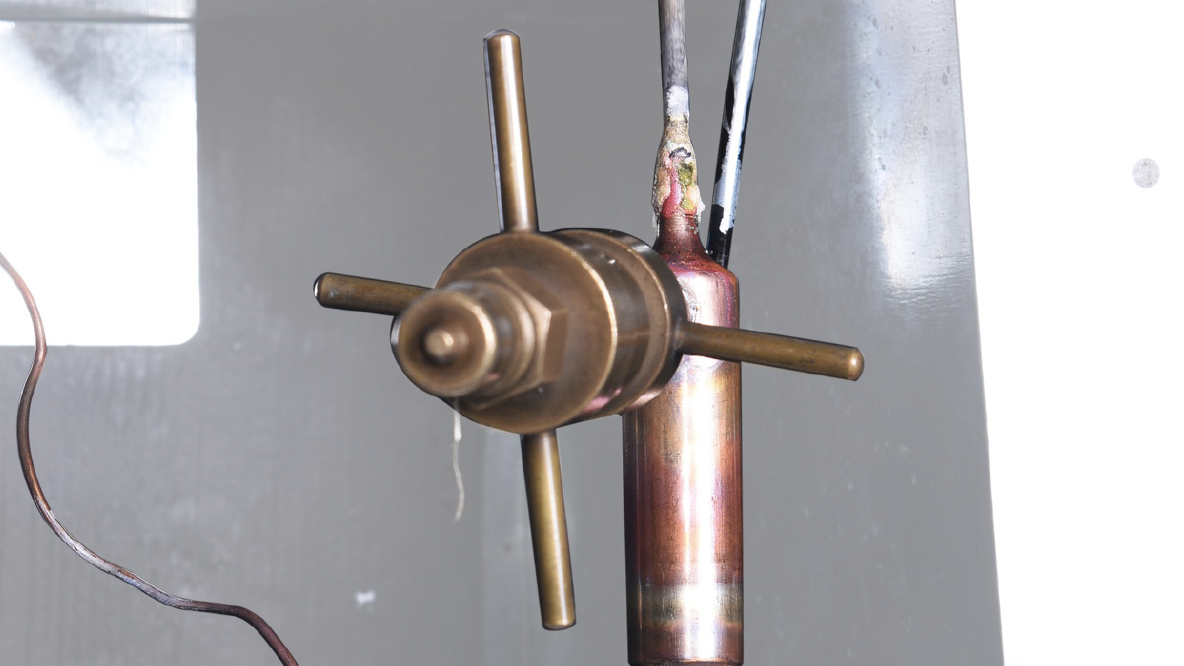
Step 16
Test for leaks on brazed joints of drying-filter and processing pipe on compressor
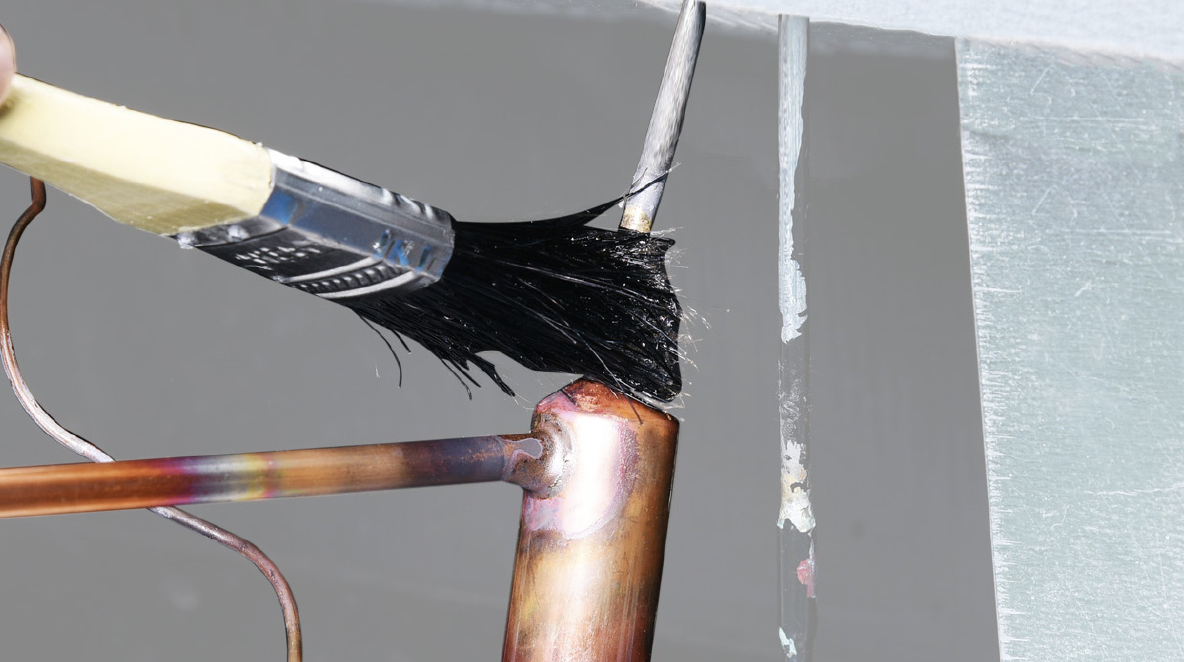
Step 17
Vacuum and recharge.
Click below link to get more details for vacuuming and gas-charging requirements, on Annex B2
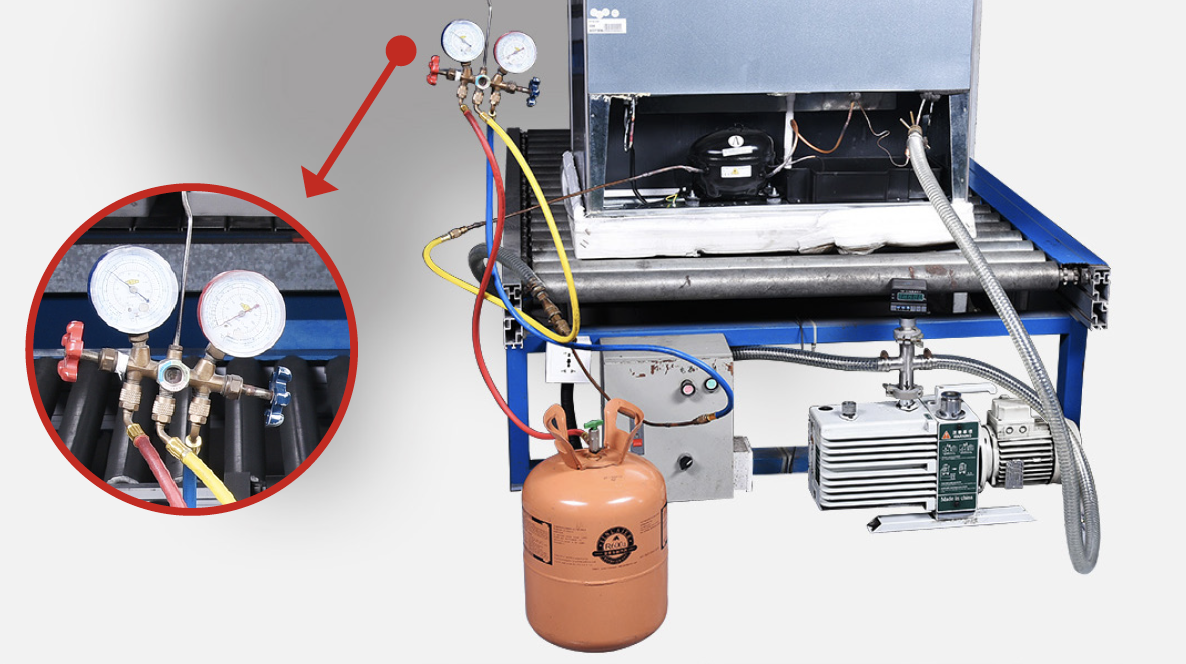
Step 18
Block processing pipe twice by locking pliers.
Step 19
Leave locked pliers attached to second block and shake to cut off the remaining pipe.
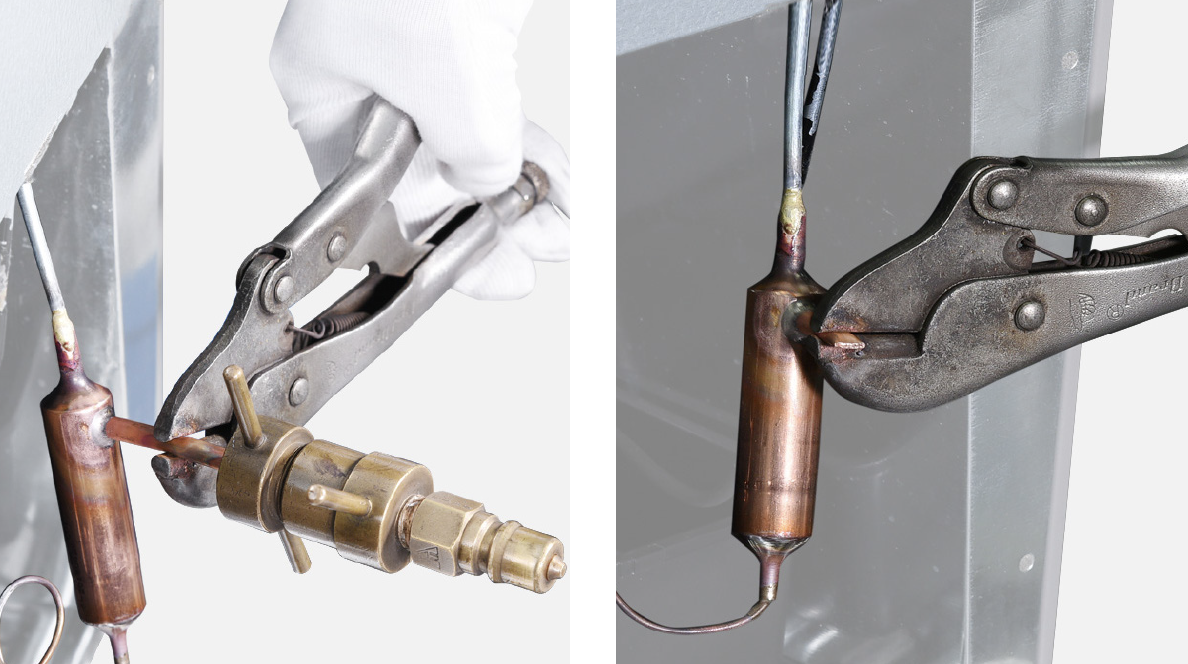
Step 20
Braze the ends and remove the pliers away.
Please find more details of brazing requirements, on Annex B1
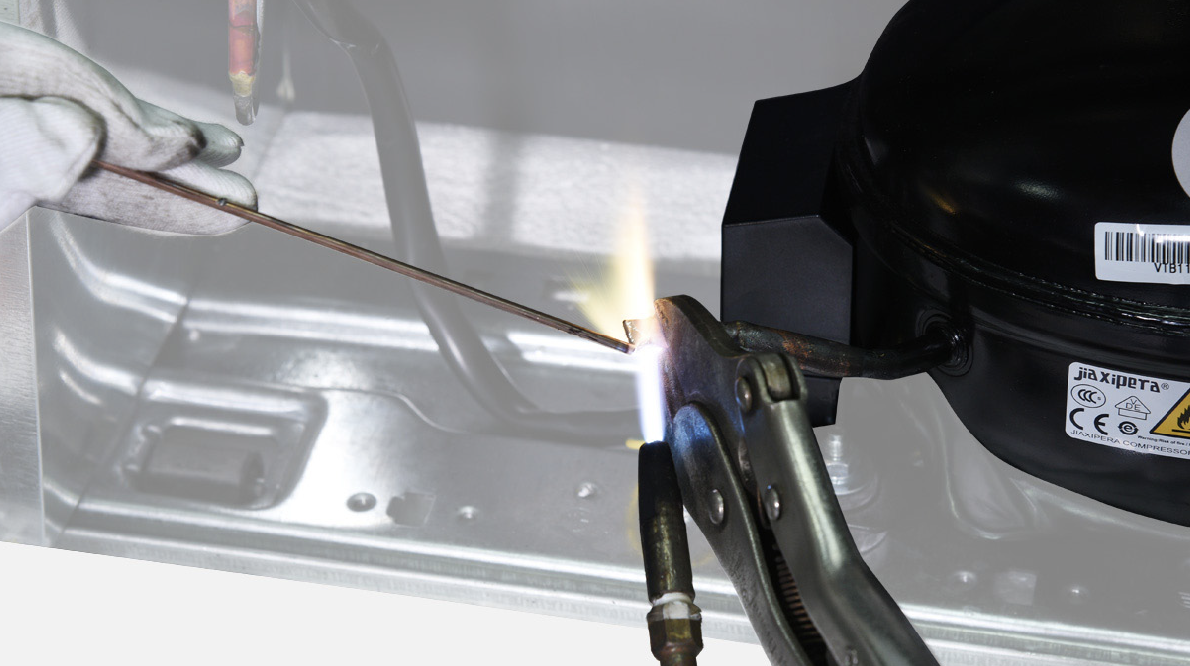
NOTE
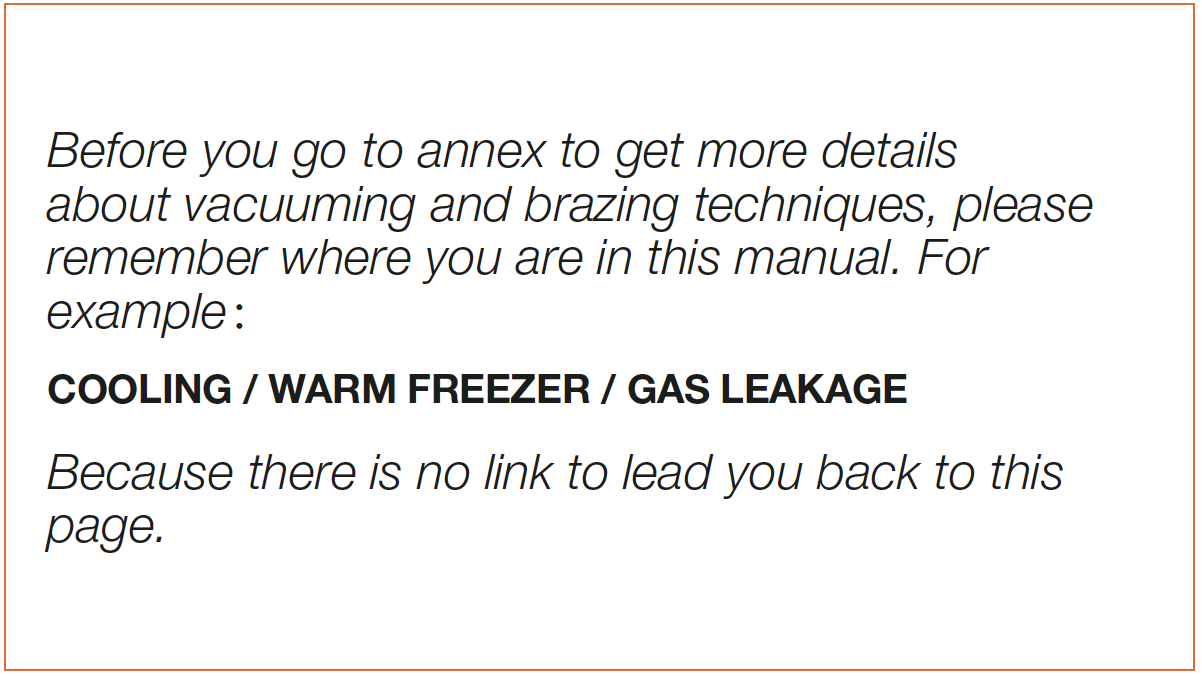
CHECK AND TEST 3

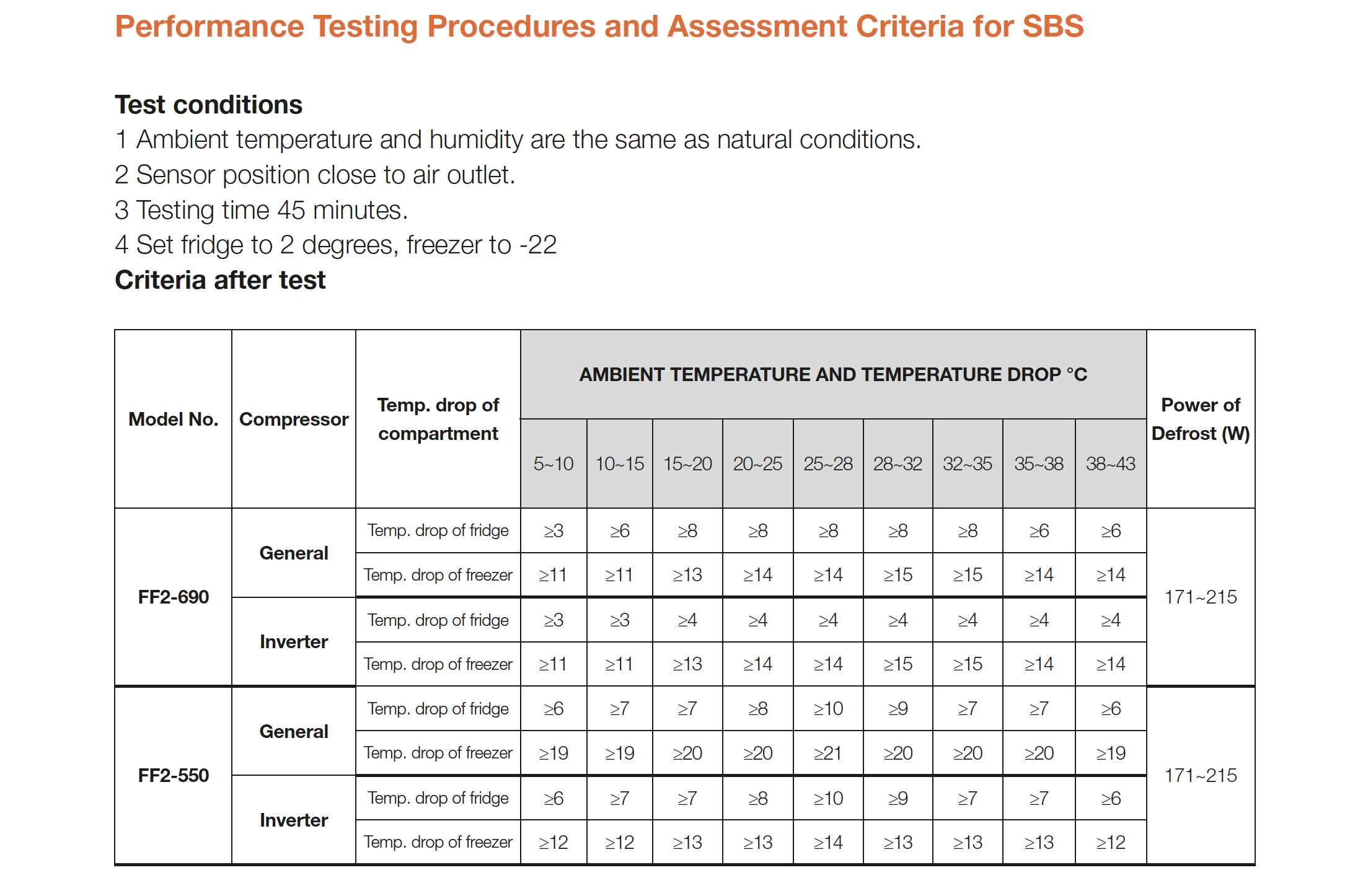

DIAGNOSIS 3


